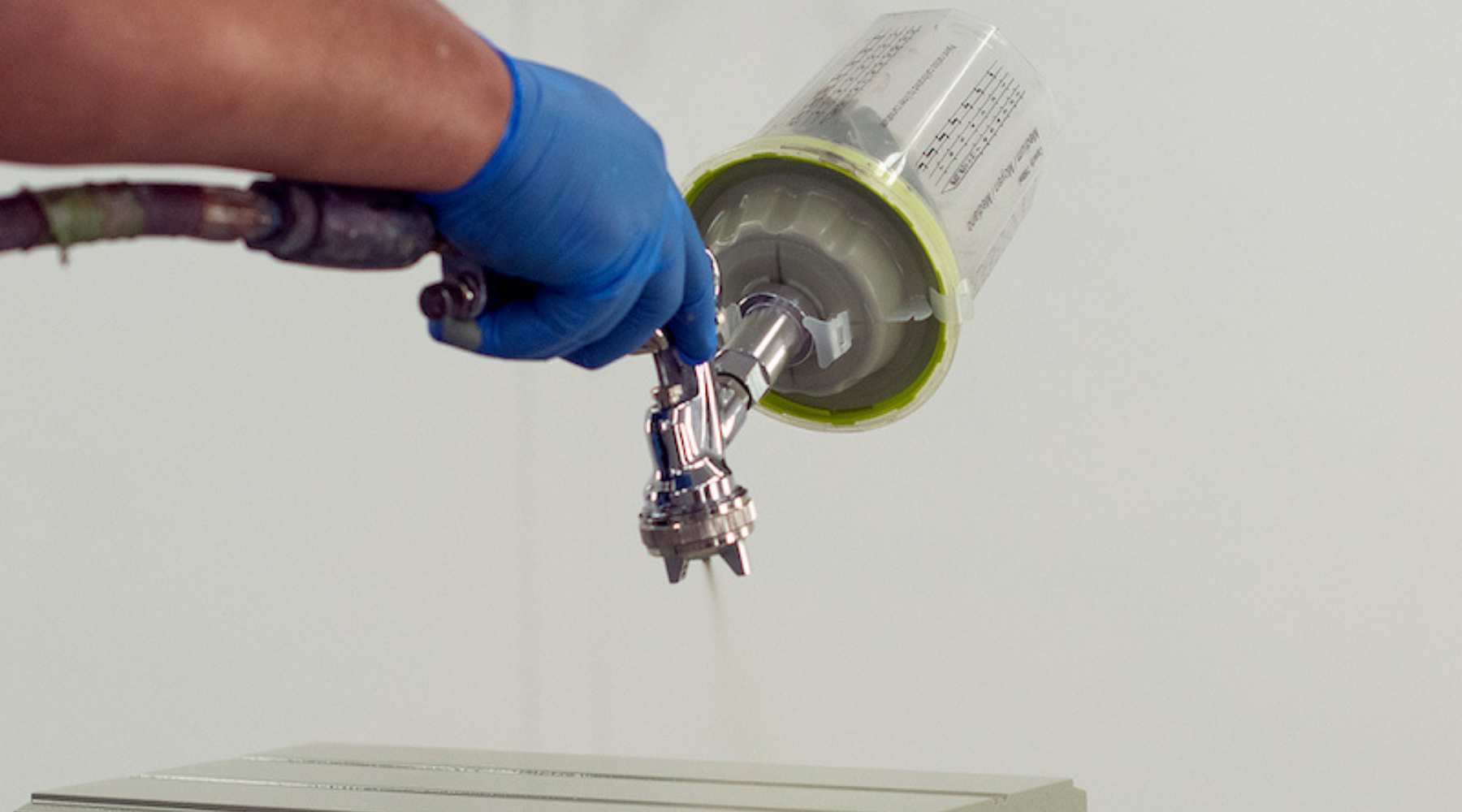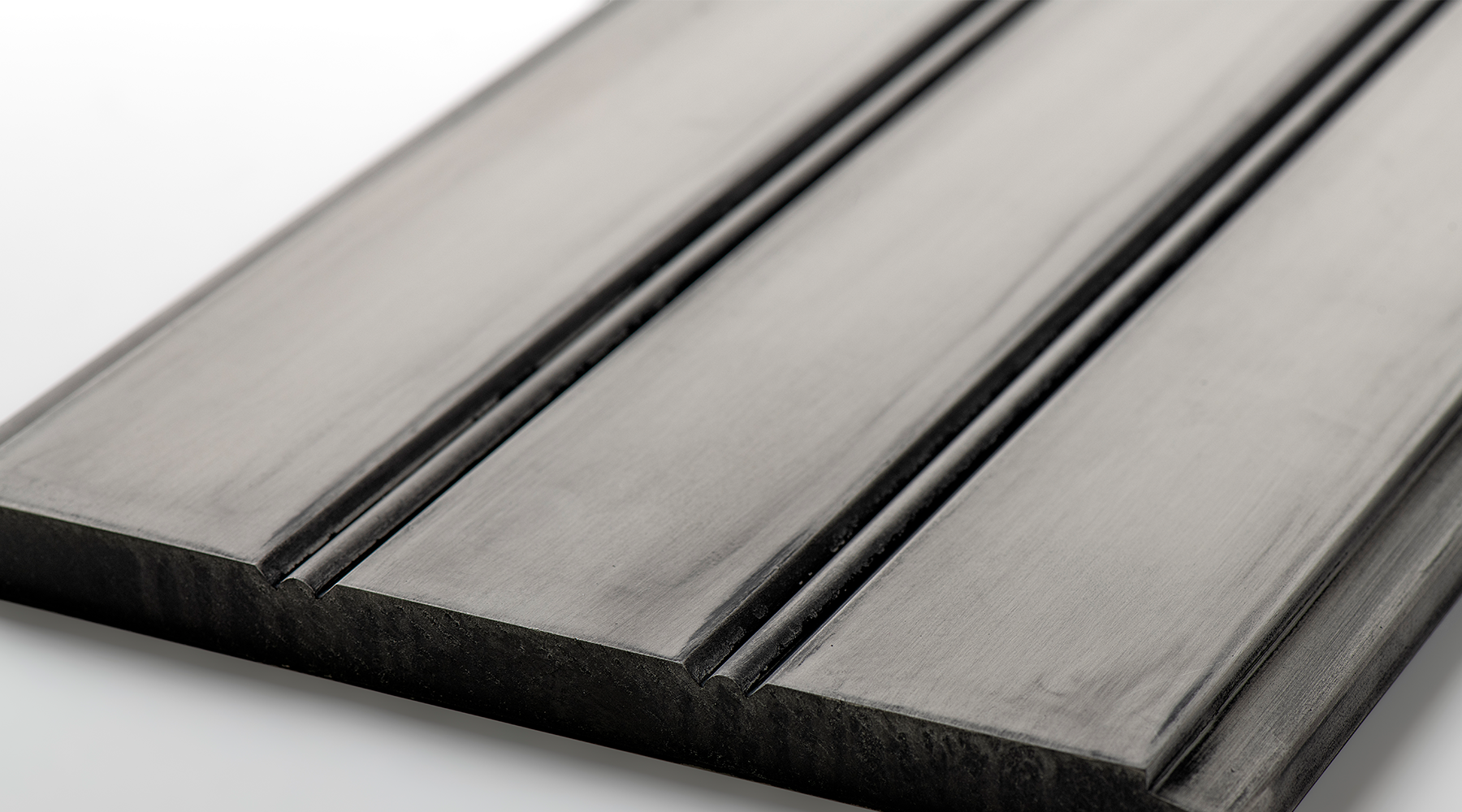One of the most basic products in any professional wood finisher’s toolkit is lacquer thinner. However, not all lacquer thinners are created equal. Anyone who tries using a utility-grade thinner on a humid day will quickly learn the difference.
The fast-drying solvents used in utility-grade lacquer thinners can trap moisture in the film and create blushing and any number of other problems. Using a premium lacquer thinner that contains slower-drying solvents alleviates these problems. Learn more about the benefits of using a lacquer thinner built for industrial purposes.
Lacquer Thinner: Premium vs. Utility Grade
Lacquer thinner is comprised of a combination of solvents that can dissolve the different resins or plastics in modern lacquers and finishes. As the name implies, it is used to thin or clean lacquer finishes.
Thinner is necessary to prevent lacquers from being applied too thickly when sprayed, which creates an undesirable orange peel effect. The combination of solvents that are mixed to create the lacquer thinner distinguishes utility-grade from premium lacquer thinner.
Manufacturers vary the strength of lacquer thinners by using different combinations of dissolving and diluting solvents. The solvents are combined so they’ll evaporate at different rates to allow the lacquer to flow freely from the spray nozzle but evaporate in quick succession.
Utility-grade lacquer thinners use a higher percentage of diluting solvents – which are cheaper than dissolving solvents – and therefore don’t always dissolve lacquer adequately. However, if too much thinner is added, the lacquer will come out of the solution.
In addition to using fewer cheap diluting solvents, premium lacquer thinners include lacquer retarders, which are the slowest evaporating solvents. The use of lacquer retarders ensures a slow enough drying time to allow any moisture to evaporate from the surface before the lacquer dries, ensuring a beautiful finish.
Why Premium Lacquer Thinner Matters
We’ve covered the basic science, but what professional finishers care about is why it matters. There are a few problems that can result from using a utility-grade lacquer thinner to complete your job. Consider these difficulties you want to avoid:
- Blushing: If the top layer of finish dries before any moisture trapped in the finish evaporates, the result will be blushing. Blushing causes the lacquered surface to turn white, leaving a frost-like appearance on the wood.
- Sandy textures: A granular, coarse, or sandy textured finish with little or no gloss can occur if lacquer is applied on a particularly hot, dry day.
- Lifting: Shriveling, swelling, wrinkles, or folds can appear on the paint surface due to poor leveling and flow caused by poor-quality thinner.
- Unevenness: Using lower-quality lacquer thinners can cause a pebbled, uneven surface appearance.
- Solvent popping: When open-topped blisters appear on the top paint film, it’s often the result of using a fast lacquer thinner.
These are just a few issues that can result from using a lower-quality lacquer thinner. The slower dry time of premium lacquer thinner improves leveling and flow, which alleviates many of the problems mentioned above and results in a consistent finish each time.
These slower solvents are costlier, but they are worth it. It might seem like you’re saving money using utility-grade lacquer thinner, but in the long run, it will often cost you more in terms of time to re-do the surface and the cost of purchasing more products to correct the problem.
What Size Should You Choose?
Finishers Depot offers premium lacquer thinner in various sizes to fit each customer’s needs. When it comes to deciding what size to purchase, you’ll need to consider which option is most cost-effective and the best fit for your business.
High-volume factories often purchase a combination of 5-gallon pails and 55-gallon drums to ensure they have products available to handle larger orders that consistently come through. However, smaller shops may opt for pails over drums because they lack the appropriate storage space for flammable liquids.
Additionally, smaller shops typically do not require as much product for their typical workload. Opting for a pail over a drum helps reduce waste by ensuring that the lacquer thinner does not lose its capabilities by sitting unused in a drum for a prolonged period of time.
Meanwhile, large factories with paint kitchens might prefer to purchase multiple drums stored in cradles on their sides with valves to ensure the proper lacquer thinner is always ready.
Regardless of your needs, our team is ready to help you identify the best options for your shop’s application and typical ordering needs.
Helping You Determine the Best Uses of Premium Lacquer Thinner for Your Job
When it comes time to determine which product and in what quantities to purchase premium lacquer thinner, it’s best to work with a knowledgeable industrial coatings supplier such as Finishers Depot.
Our experts know our products and offer solutions that suit your business. We’ll help you weigh the pros and cons of the available options so you can make the best choice for your desired use.
We want you to get the best value based on your shop and application. We’ll help you think in terms of the applied or finished cost to ensure you understand the overall cost savings and the factors that go into it. We are a true partner with our clients to ensure you always get the right solution for the best value.
The right lacquer thinner can truly make or break your project. Working with the Finishers Depot experts to order lacquer thinner to complete your jobs will save you time and money in the long run. Contact us today to identify a solution that fits your needs.



